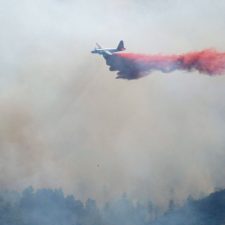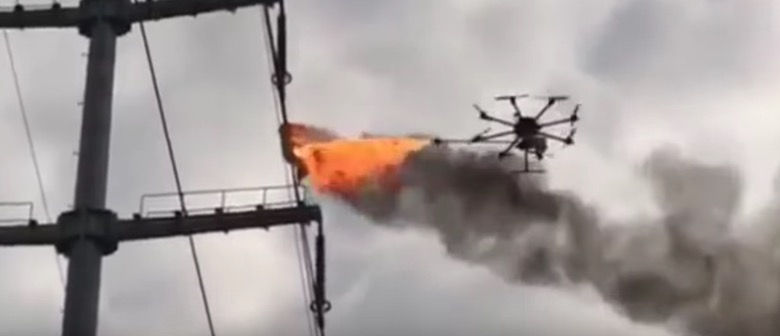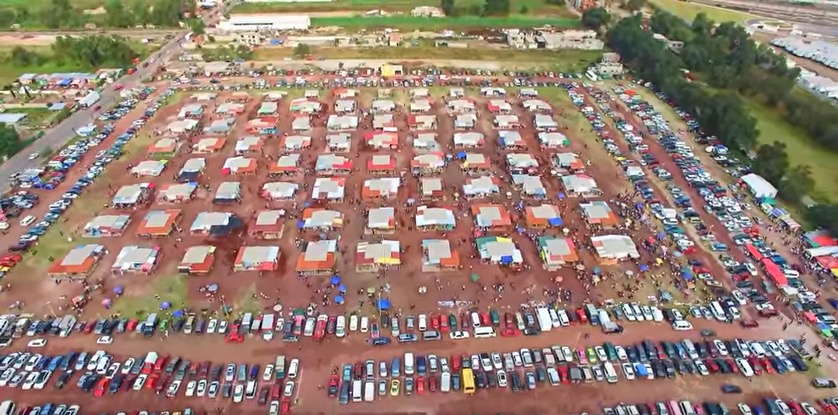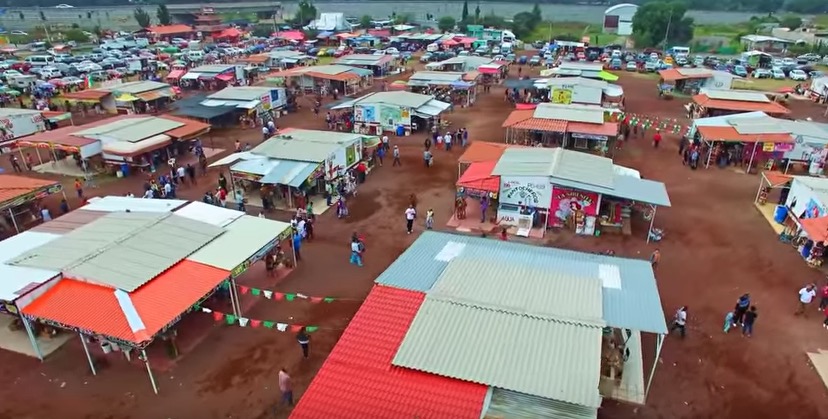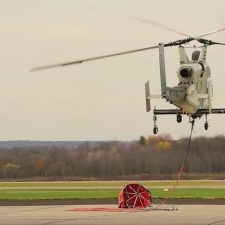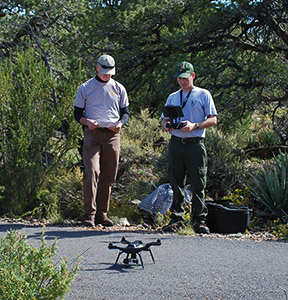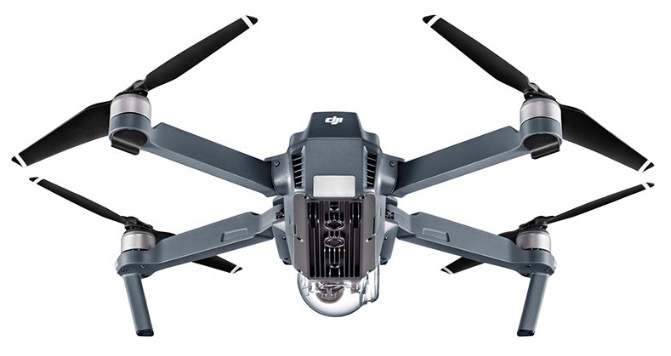Above: a P2V air tanker drops on the northern end of the Pinal Fire south of Globe, Arizona on May 24, 2017. Inciweb photo.
Drones operating illegally at the Pinal Fire south of Globe, Arizona have interfered with aviation operations four times since the fire started. One of those intrusions resulted in the drone being confiscated and the operator cited. Below is the text of a Rapid Lesson Sharing document about the incident, distributed by the Wildland Fire Lessons Learned Center.
****
“On May 20 at approximately 1805, an Unmanned Aerial Systems (UAS)—or drone—was spotted 60 yards from the Pinal Fire Helibase at approximately 50 feet above ground level.
The UAS was flying in the designated flight path of this incident’s helicopters where they were making their descents to land at the Pinal Fire Helibase, located within the city limits of Globe, Arizona. The UAS was white in color and approximately two feet in diameter.
Upon seeing the UAS, Helibase personnel contacted Helicopter 0TA, an incident helicopter that was flying a mission over the fire, to inform the pilot of the UAS intrusion into the Temporary Flight Restriction (TFR) and the hazard associated with the UAS being in the area.
The helicopter was asked to not come back to the Helibase until fire personnel were sure that the UAS was clear of the area. The Helibase Manager immediately called the Air Operations Branch Director (AOBD) to inform him of the UAS intrusion. The AOBD, in turn, contacted incident Law Enforcement—who responded immediately to the Helibase.
Helitack personnel were able to track the UAS while it was in flight. They were proactive in tracking the UAS and following its flight path. They observed the aircraft descend and land at a nearby residence in the vicinity of the Pinal Fire Incident Command Post.
UAS (Drone) Operator Located and Cited
The LEO arrived at the Helibase. He was informed of the location where the UAS descended and landed. The LEO had enough information to go make contact with the UAS operator and was able to confiscate the UAS and cite the individual.
This UAS intrusion within the TFR posed a serious safety concern for incident pilots and fire personnel involved in helicopter aviation missions on the Pinal Fire. The UAS intrusion impeded the operations of the Helibase and—should a collision occur—posed a serious hazard.
Quick and decisive action by the Pinal Fire Helibase Manager, incident Helibase Crewmembers, and local Law Enforcement personnel brought this intrusion incident to a quick and decisive resolution.
LESSONS
- Establish appropriate TFRs early in the incident and ensure that the incident Helibase is included in the polygon.
- All fire personnel should stay alert to the possibility of UAS intrusions, particularly when operations are in or near an urban setting.
- If a UAS is sighted within a fire’s theater of operations, ensure that the intrusion is communicated to all incident personnel.
- If a UAS intrusion should occur, ensure that incident personnel are diligent and persistent in documenting information relative to the intrusion, including: UAS description, direction of flight, and—if possible—determining the originating location of the UAS for LEO follow-up.
- Provide UAS cautionary messaging as part of the incident narrative summary in INCIWEB.”

